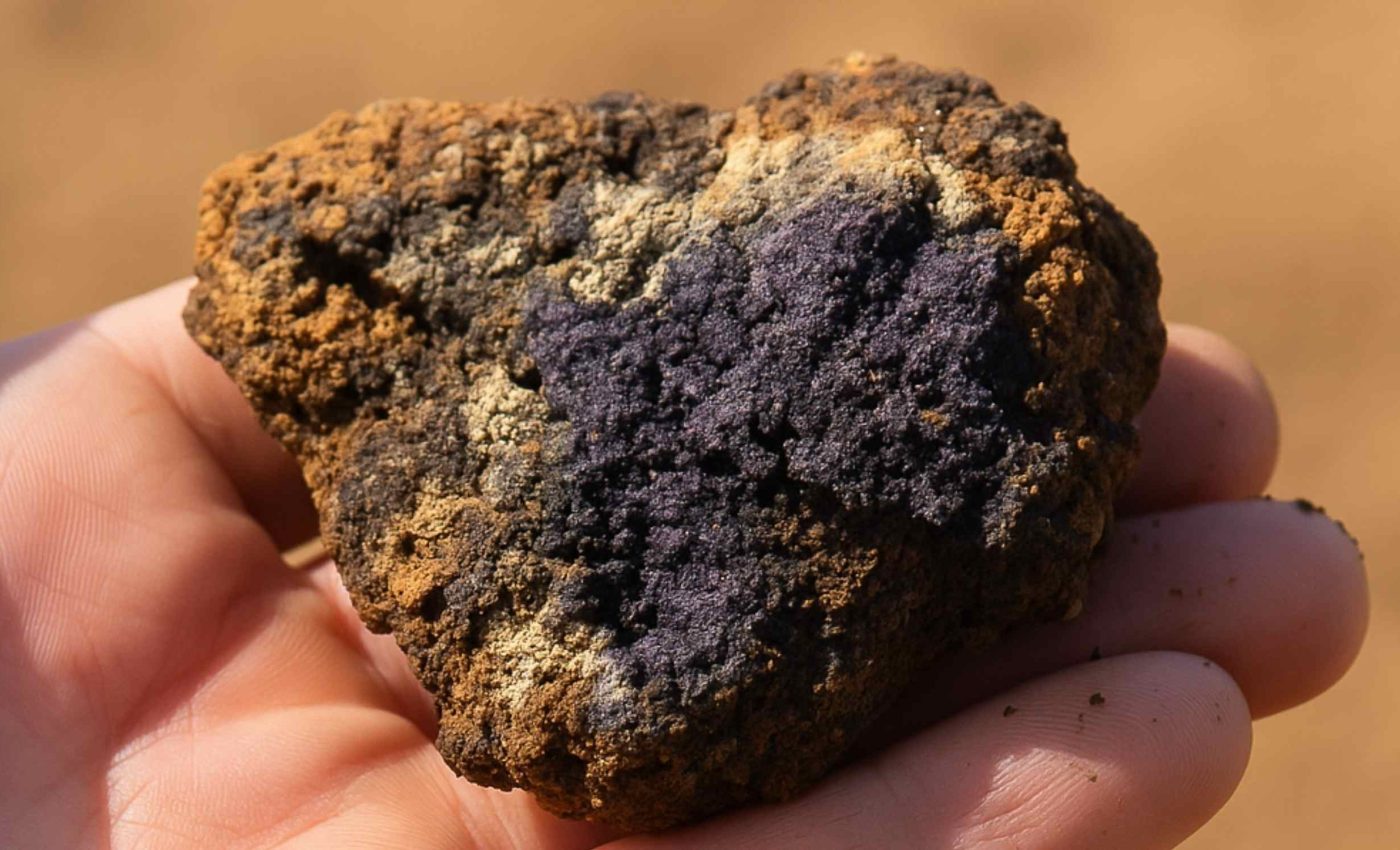
Rare earth deposit believed to be the third largest in the world has been discovered
Kazakhstan’s recent announcement about a colossal deposit of rare earth metals has triggered excitement across energy and tech sectors. Officials claim it could rank among the world’s top three in total reserves.
“Four prospective areas have been identified within the site, with total estimated rare earth reserves reaching 935,400 tons,” said the spokesperson for Kazakhstan’s Ministry of Industry and Construction.
This discovery, located in the heart of the Karagandy region, is being called “New Kazakhstan,” and it might reshape critical mineral supply chains for years to come.
Understanding rare earth metals
Rare earth metal elements like cerium, lanthanum, neodymium, and yttrium serve as key ingredients in many modern devices, including smartphones and digital cameras.
These metals also power some green technologies, particularly electric cars and wind turbines, making them vital for global manufacturing.
“In order to call it a deposit, you first need to fully study all the elements in the area with mineralization,” said Georgiy Freiman, the executive committee chair of the Professional Association of Independent Mining Experts. The new find in Kazakhstan appears promising, but caution is essential.
Potential impact on trade
Industry insiders note that if verified, this cache of metals could place Kazakhstan just behind China and Brazil for total rare earth reserves.
That status would boost the country’s position as a strategic partner in critical rare earth mineral supply.
European stakeholders are keen to strengthen ties. “The announcement was well timed because it increased the importance of Kazakhstan in the whole discussion about the critical raw materials,” said the EU’s ambassador to Kazakhstan, Aleška Simkić.
Timely strategic move
Kazakhstan released the news just before a high-level summit involving the European Union and Central Asian states. Observers see this as a bid to attract foreign partners and investment in new mining projects.
Developing a rare earth deposit is expensive and time-intensive. Private and government groups are assessing how best to proceed with exploration, extraction, and infrastructure.
Challenges in rare earth extraction
Kazakhstan’s existing mining operations focus on other minerals, so new methods and technology might be needed to handle the unique processes of neodymium and lanthanum extraction.
Experts say cooperation with countries that already refine these metals would accelerate growth in local industries.
China leads in rare earth refinement and manufacturing, making it a likely partner. Other global players, including the European Union, have also expressed interest in future collaborations.
Next steps for Kazakhstan
Kazakhstan’s national mining company, Tau-Ken Samruk, may spearhead the next phase of study and development. That process involves advanced geological surveys, feasibility work, and commercial planning.
Analysts project it could take several years to establish a stable extraction operation. High startup costs and the need for specialized equipment mean progress is not guaranteed.
Global significance of rare earth find
Rare earth elements influence energy transition and digital progress around the world. Countries depend on steady supplies of these metals for electronics, clean energy, and military technology.
Kazakhstan could diversify supply chains and help nations reduce reliance on a single source. This prospect might reshape international cooperation and spur further investment in Central Asia.
Balancing optimism with caution
Experts do not want speculation to get ahead of real data, especially when actual extraction is years away. Without a deeper study of deposits, potential reserves remain projections.
Geologists are reminding investors that a deposit must meet strict economic and technical standards. Concerns about the environment and local communities also require careful attention before large-scale operations move forward.
Regional cooperation
Leaders in Central Asia hope to establish shared transportation networks, and may develop projects including rail lines that link production hubs with overseas buyers.
Streamlined routes support commercial growth and are often discussed at summits on economic development.
Governments view connectivity as a cornerstone for regional prosperity, and Kazakhstan’s location makes it a key passage for East-West trade. Collaborative policies could lower transit times and significantly reduce costs.
Environmental considerations
Extracting rare earth elements may intensely disturb local ecosystems. Regulators demand advanced studies to avoid seriously damaging fragile natural landscapes.
Waste management is a priority wherever mining expands, as improper disposal of byproducts can severely harm wildlife and surrounding rural communities.
Local groups push for transparent environmental assessments, while frequent public input sessions help residents stay informed about significant possible industrial changes.
Looking ahead
Mining experts predict shifts in labor demand if new projects start up rapidly. Training programs would be essential to align workers with modern requirements.
In this regard, governments may collaborate with private firms to fund significant vocational classes.
Balanced policies could ensure benefits often reach broader communities but, in the meantime, donors will watch feasibility studies closely. New trade routes depend on stable mineral extraction and processing.
Hope for rare earth development
Kazakhstan’s bid to become a leading source of rare earth metals draws hope for economic growth and innovation.
The next few years will reveal whether these deposits can be translated into lasting benefits for the country and communities.
Many observers will be watching each new stage of exploration and anticipating the announcements that will follow once feasibility studies are complete.
Information was obtained from the online publication Euronews.
—–
Like what you read? Subscribe to our newsletter for engaging articles, exclusive content, and the latest updates.
Check us out on EarthSnap, a free app brought to you by Eric Ralls and Earth.com.
—–













